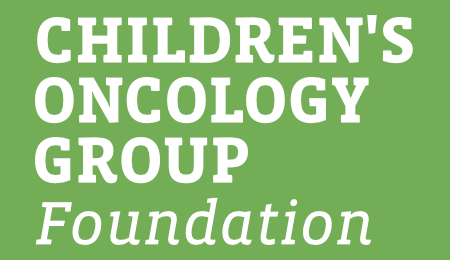Obtaining COG Biospecimens
General Requests for use of COG Biospecimens
The leadership of COG recognizes that the use of tissue collected for COG research is a valuable resource. Material from legacy biospecimens* may be requested through collaboration between COG investigators and external investigators (if appropriate) or through the NCTN Navigator. The procedures outlined below are the methods whereby tissue may be requested.
*biospecimens available for research once all protocol-specified endpoints, including clinical and laboratory studies, have been completed
Application
Applications for use of COG legacy biospecimens may be submitted to COG Operations at specimens@childrensoncologygroup.org or to the biology chair for the respective COG disease committee (simultaneous notification of both is optimal). Applications begin with a pre-screening by the biology chair or committee designee to correct deficiencies and optimize study goals based on bank holdings and PI hypotheses. Any investigator wishing to develop a collaboration to use COG banked legacy biospecimens will complete the standard request application, providing the following information:
a) Number of specimens
b) Biospecimen type
c) IRB approval status (approvals required prior to specimen release)
d) Funding source
e) Hypothesis and specific aims
f) Significance and background
g) Preliminary data
h) Methods
i) Timeline for proposed studies
j) Statistical section (if applicable)
k) NIH Biosketch or CV
See NCTN CCSC Proposal Submission Form and the COG Application For Use Of Banked Biospecimens
In cases where rare patient biospecimens are requested, a pre-assessment of biobank holdings may be necessary prior to a full application review to ensure holdings sufficient to support the application are available (details at the discretion of the disease biology chair).
Review of Applications
(1) Expedited review. Select applications can be reviewed using an expedited pathway overseen by the specific disease committee. These are generally for exploratory or pilot investigations and involve small numbers of non-rare biospecimens. The definition of which studies are appropriate for expedited review is left to the discretion of the disease committee chair/vice-chair but should be defined a priori. For example, requests for < 50 biospecimens from non-rare patient subsets are considered appropriate for expedited review for neuroblastoma. For other rarer tumor types, this number may be smaller and will be decided by the appropriate biology committee.
(2) Full disease-specific biology subcommittee review. The biology chair or committee designee will circulate applications with the PI biosketch and any support documents to their standing subcommittee for review (with or without external reviewers). It is expected that > 2 primary reviewers will be identified for each application, and that for larger or complex applications an additional review from the disease group statistician be requested. For all application requests that require COG Scientific Council and CTEP review (requests ≥ 50 patient cases in total, biospecimens from ≥ 50% of patient cases from a single trial arm, or for certain rare or difficult to attain biospecimens), the disease group statistician must review the statistical justification for the application and approve of it first. The expected turn-around time for receipt of reviews is approximately 4 weeks.
The application review will take approximately 4-6 weeks. The review will be returned either as approved or rejected. Rejected proposals can be resubmitted with justification of the comments provided in the rejection notice. If an application is approved, it will proceed through the review by the Scientific Council and CTEP, if applicable, or filed directly with CTEP (for requests < 50 patient cases in total only). Agreements and biospecimen processing will commence as described below for approved proposals.
Agreements with COG/BPC
If an application is approved, the requestor must agree to sign a Materials Transfer Agreement, crediting COG in any subsequent publication of the research with COG specimens. If correlated clinical outcome data is also requested with specimens, then the requestor must also sign a Data Use Agreement. The Pediatric Division of the Cooperative Human Tissue Network (CHTN) is involved in the distribution process of the majority of these legacy biospecimens from the COG Tissue bank. When applicable, the requestor signs the CHTN Agreement for Use of Tissue and Data Use Agreement in addition to the COG agreements.
Specimen Processing and Distribution
The Statistics & Data Center will provide a case list of biospecimens for each approved proposal to the BPC, and BPC personnel will then review available material for each case, ensuring that the appropriate amount of sample requested is available. Biospecimens are then packaged and shipped according to BPC procedures, and an invoice for specimen processing costs is sent to the requestor.








